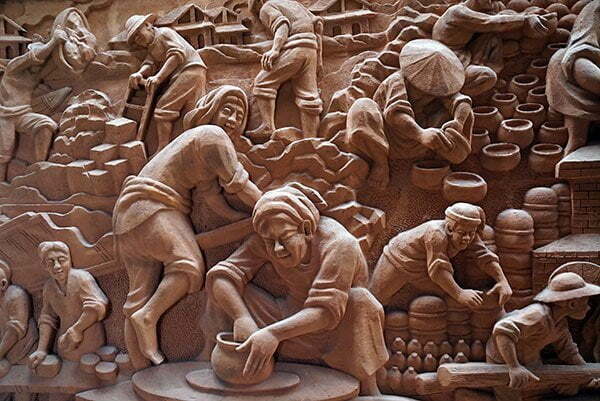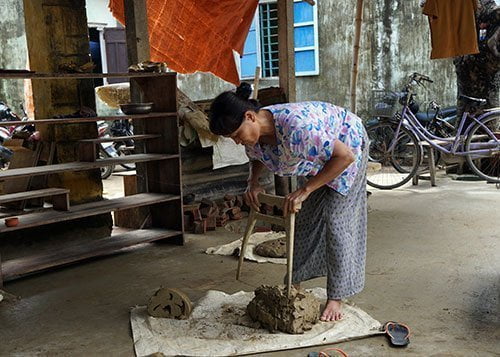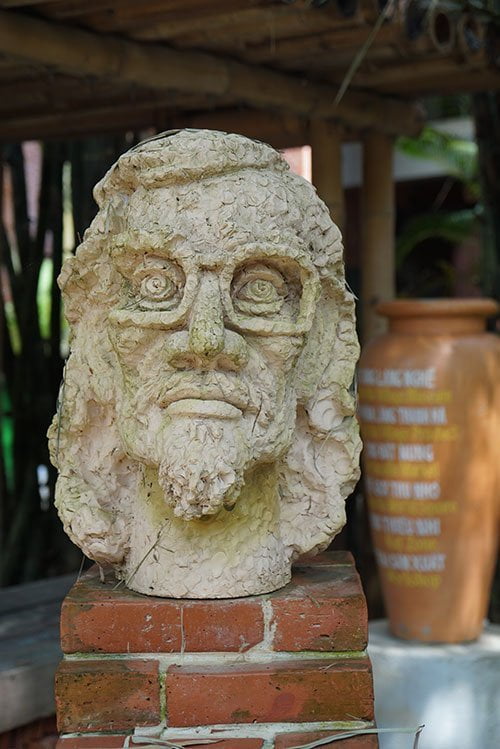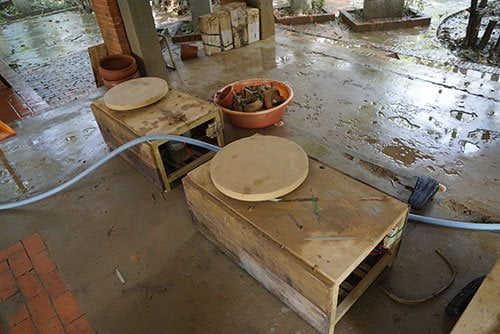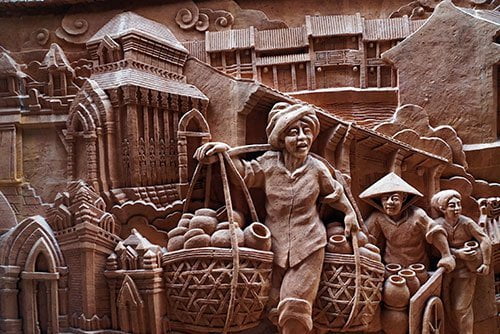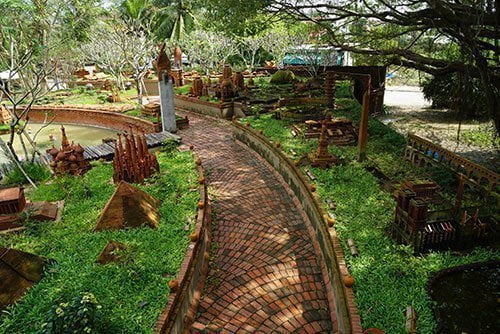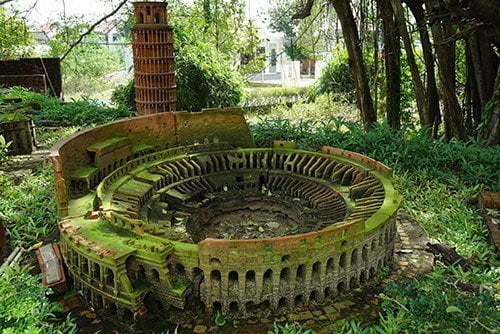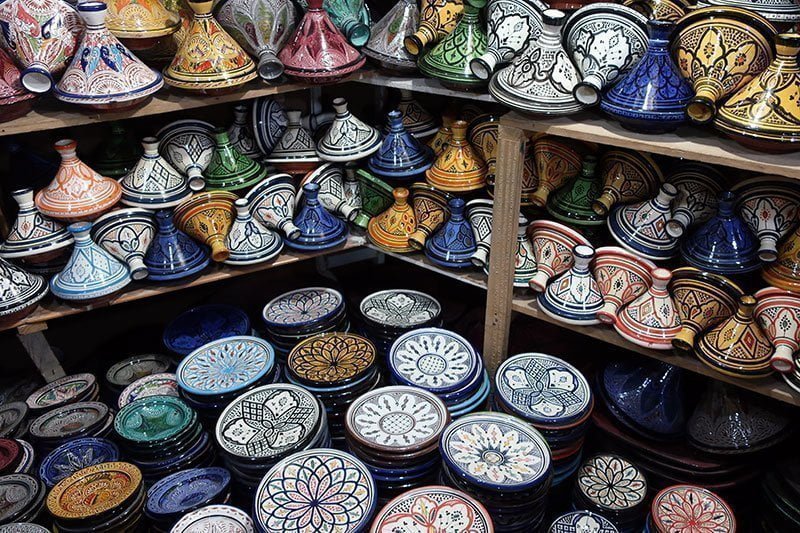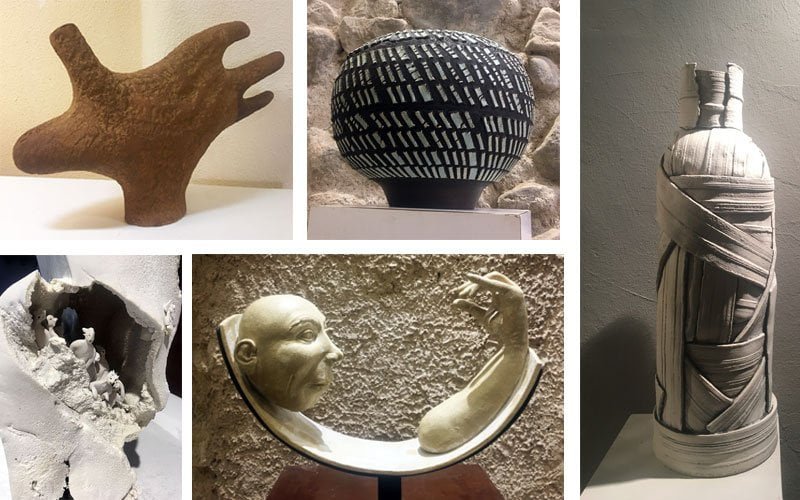When I explore art in other countries, I like to do more than just visit museums. If possible, I try to connect with the artists, see how and where they work, and even get my hands dirty. Sometimes traveling involves unexpected surprises. On a recent trip to Vietnam, I didn’t get my hands dirty so much as my feet.
One of the destinations during our trip was Thanh Ha, a pottery village about 3 kilometers west of the ancient city of Hoi An, a UNESCO World Heritage Site located in Quang Nam Province. Just as we were headed in that direction, Typhoon Damrey hit the coast. It was the largest storm in years and the damage was considerable.
Hoi An, Thanh Ha and most of the Quang Nam Province was flooded. Many travelers scrambled to change their itinerary at the last minute. We decided to listen to the advice from our guesthouse, who assured us that the water would be cleared from the area quickly.

We did have some unexpected adventures upon arriving in the area—delayed trains, heavy rains and wading through the streets of downtown Hue in water above our knees. But we were pleasantly surprised to find that the flooding had mostly subsided in Hoi An and the locals were quick to get their shops and restaurants back open and in working order as quickly as possible. We enjoyed our time there immensely and we were happy for fewer tourists.
Thanh Ha Pottery Village
Just a short bike ride away from Hoi An lies the Thanh Ha Pottery Village. The village’s pottery tradition dates back to the 16th century during the time of the Nguyen Dynasty. The local clay found in the Thu Bon River is ideal for making pottery, and this natural resource played a crucial role in the development of the craft.
Thanh Ha artisans are skilled in creating a wide range of pottery and ceramic products, including decorative items, household utensils, lanterns, statues, and more. The techniques used in creating these items are passed down through generations, contributing to the preservation of traditional craftsmanship.
Typically, visitors can observe the pottery-making process firsthand. Many workshops and kilns are open to the public, allowing visitors to watch the skilled artisans shape clay into beautiful creations. Some workshops even offer hands-on experiences, allowing you to try your hand at pottery-making.
During our visit, the villagers were busy cleaning the mud, instead of throwing pots, but they still opened their doors and received us with smiles.
We were especially impressed by the museum filled with traditional as well as modern terracotta pieces. The large terracotta murals depict the struggles of the people working the land as well as how pottery has been created and traded for millennia.
During a walk through the gardens, you will find almost all of the world’s architectural treasures recreated in clay; from the Sagrada Familia to the Eiffel Tower and Colosseum.
And a walk through the village where the artists live and work will give you an insider’s look into how these potters live today. If you’re looking to take home any ceramic souvenirs, this is a good place to buy them.
Further reading & visits
Hoi An Pottery Village – How the Pottery Village Works
Thanh Ha Pottery Village – Tripadviser reviews
Fine Arts Museum in Saigon (Ho Chi Minh City)
If you’re traveling through Vietnam, I also highly recommend visiting the museum in Ho Chi Minh City. They had a nice collection of sculptures, pottery and historical pieces dating back to the 4th century.


